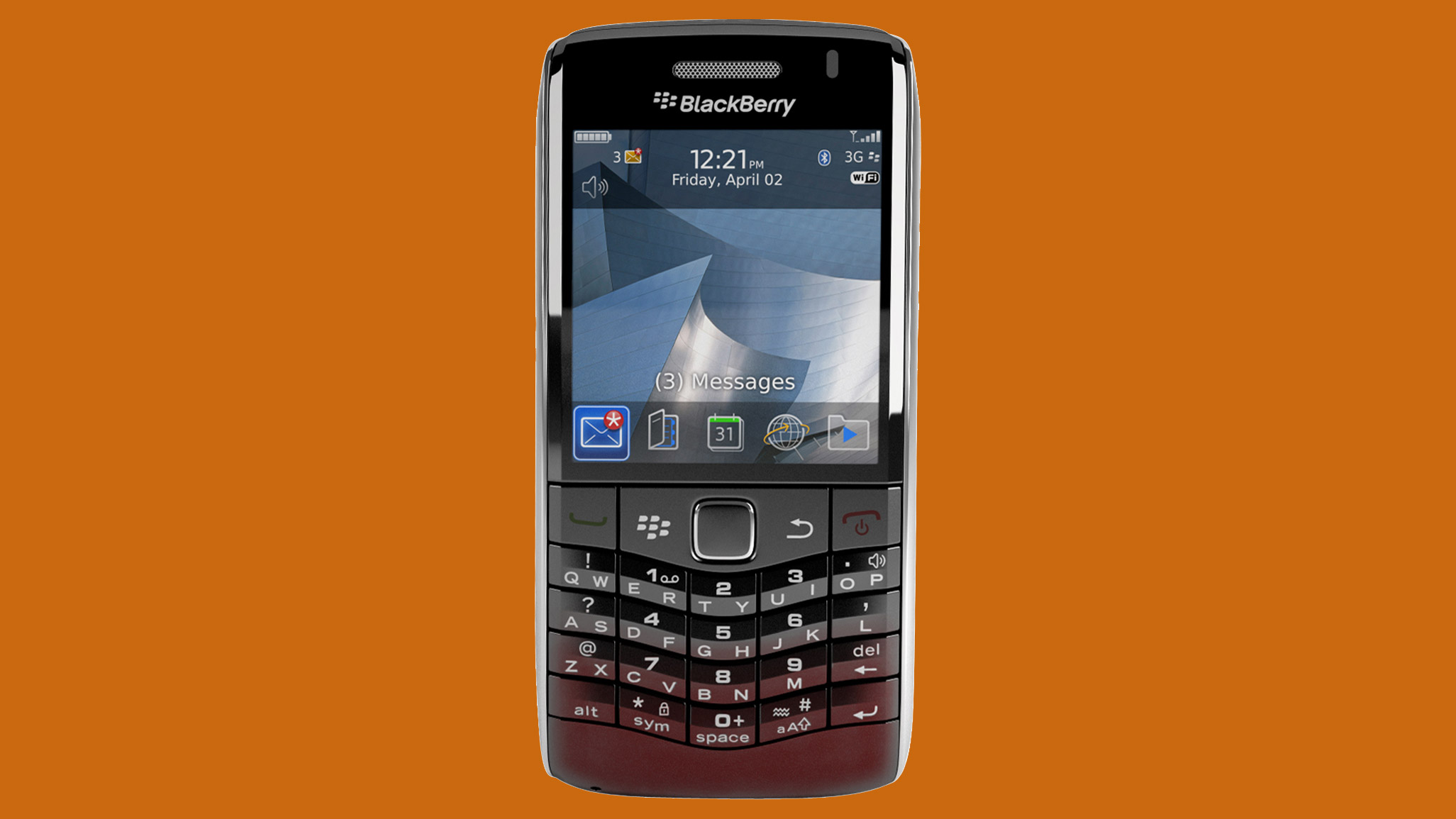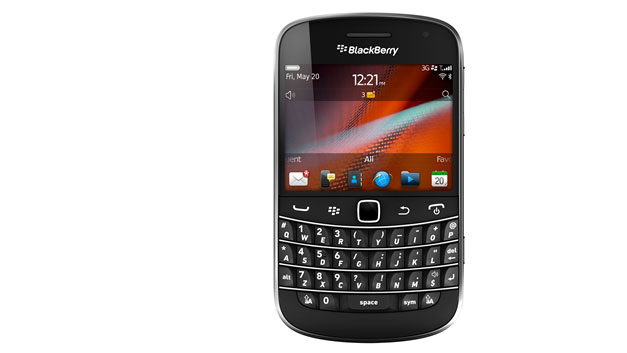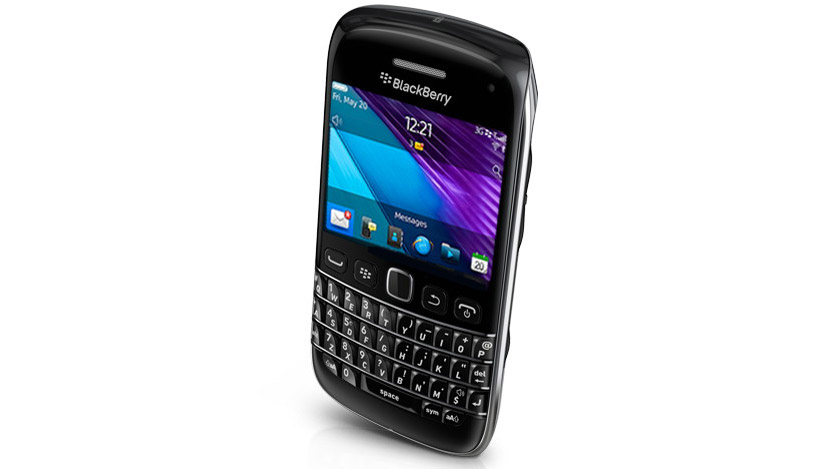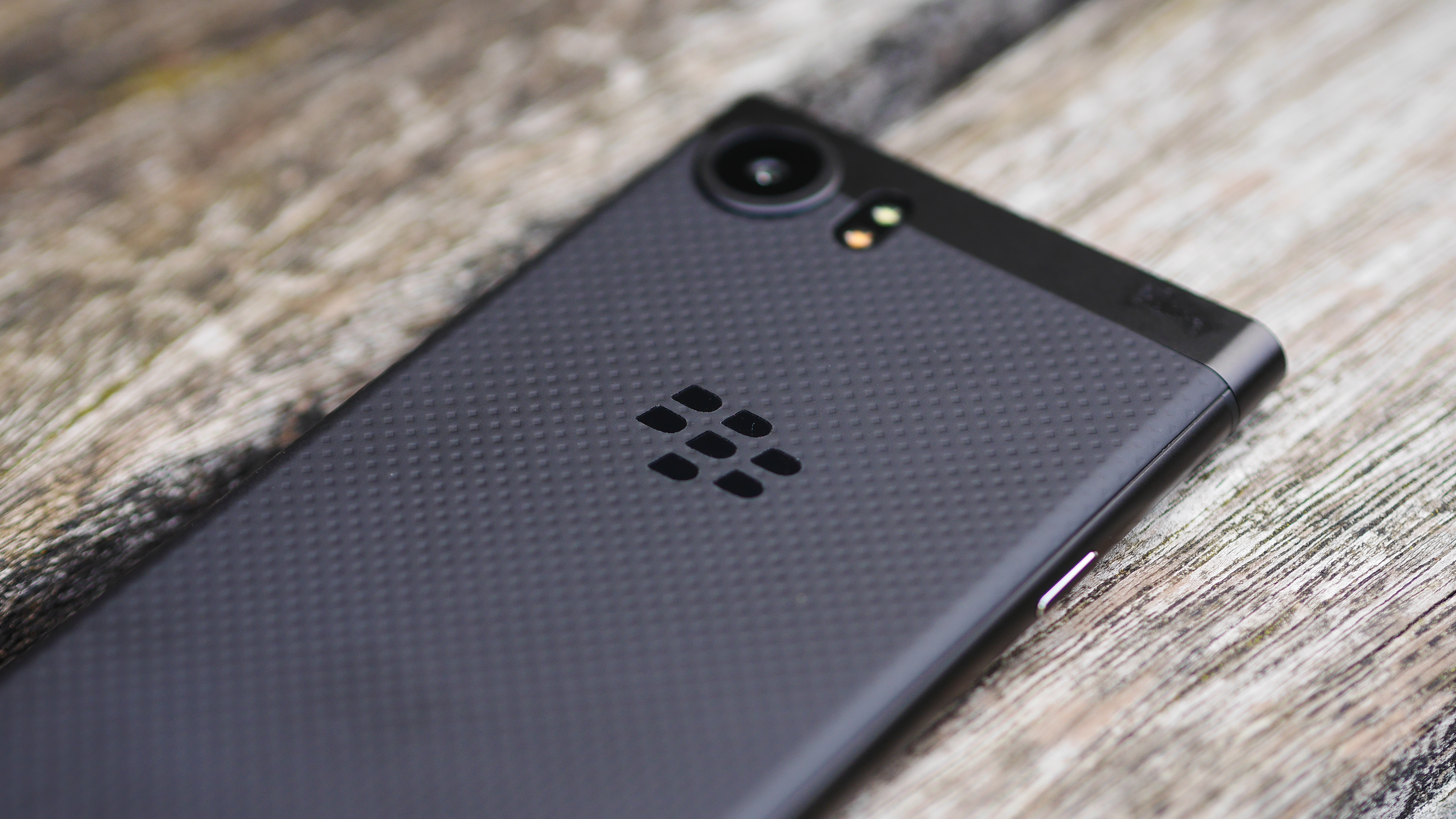5 things BlackBerry phones got right (and 5 things they didn’t)
What BlackBerry got right in its heyday

Finding an old phone in a drawer and turning it on to see if it still works is one of life’s great pleasures (we never said we’re exciting folk here at TechRadar).
But if said phone is a BlackBerry, save yourself the trouble - it stopped working as of January 4. BlackBerry hasn’t made a new non-Android phone since 2016. It hasn’t released an operating system in even longer. And now it’s turned the service off, meaning no phone calls, no emails, no messages... nada.
In fairness, the majority of BB owners have migrated to iOS or Android over the years - with the absence of Windows Phone as well, it’s a fairly binary choice these days.
Even diehard BlackBerry fans who wanted mod cons had to migrate to Android: in latter years, a licensing deal with China’s TCL kept the brand name alive with Google’s OS powering the backend.
But now, the life support machine’s been switched off and legacy BlackBerry devices will “no longer function reliably,” says BlackBerry. So let’s be nostalgic for a minute and look at five things BlackBerry got fantastically right - and five things it got badly wrong.
5 things BlackBerry phones got right

1. The ‘Look At Me’ light
Sometimes, the smallest things have the biggest impact. This was never truer than the blinking notification light - something we hanker after even today. Android phones might serve up an always-on display, but nothing comes close in our retro rose-tinted eyes.
Ignore it? Not a chance. You couldn’t unsee it. The itch that had to be scratched. Who wanted us? Was it important? Only one way to find out..
Sign up for breaking news, reviews, opinion, top tech deals, and more.
Flashing green meant ‘relax - you’re online’, blue for Bluetooth (obviously) or red to say “Oi!”.
And you could customize it, too. In the days when anything beyond a polyphonic ringtone was a luxury, this was the gold standard in personalization.
2. The best keyboard
“They all have these keyboards that are there whether you need them or not,” spouted Apple’s seer as he unveiled the iPhone, bashed competitors and pounded the first nail into BlackBerry’s metaphorical coffin. “How do you solve this?”
Key point: BlackBerry users didn’t want this solved.
The keys were tactile with a satisfactory click. Small, but not too small. We could use one hand or two and they always seemed to know what we wanted to say. Even in later years, after flirting and failing with touchscreens, the keyboard came back to BlackBerry because it was what the users wanted. Welcome back, old friend.
Other devices tried - Motorola’s Q had a go, HTC’s ill-fated Facebook ChaCha phone and a few others too. But they were always poor imitations. Rumor had it that the keys resembled Blackberry seeds - hence the company’s name. And once some had a sweet taste of this fruit, they found it hard to give up.
3. On message

A proprietary message service to lock users in. Where’ve we heard that before? No Apple, you’re off the hook. Because RIM got here first.
For many of us, BBM was the reason to get a BlackBerry. A locked down ultra-secure messaging service that allowed users to DM friends or groups and send files securely. Business users loved it - teens and millennials, even more. Suddenly, ‘what’s your PIN’ was the teenage greeting of choice from people other than just muggers.
And if you didn’t get a reply to your message instantly, you could PING (basically annoy the person who was ignoring you with the digital equivalent of continuously poking them in the face.)
But time waits for no man. BlackBerry’s refusal to open up to other platforms ultimately helped move it into irrelevance. With cross platform options like WhatsApp on the scene, by the time BBM had decided to make itself available elsewhere, it was too late. There’s a lesson there: Don’t hang about.
4. Case in point
These days, you’re lucky to get a charger in the box with your smartphone. For all of the company’s corporate faults, generosity wasn’t one.
Unboxing gave us a treasure trove of goodies: from a classy leather holster engraved with the BlackBerry logo to a belt clip (because noughties) to some of the more mundane extras like a sync cable and CD Rom.
Some markets really pushed the metaphorical boat out - including an official chrome RIM charging stand and a polishing cloth.
BlackBerries were premium devices and they cost a pretty penny by the standards of the day. There wasn’t an expectation that customers should be nickel-and-dimed on top. 2022’s market could learn a thing or two.
5. Maximum exposure
There are some things money just can’t buy: eternal life, true love, real class. And an endorsement from Oprah. One of the world’s richest stars, she doesn’t say she likes something unless she wants to.
And she couldn’t shut up about her BlackBerry.
In fact, Oprah included the BlackBerry 7105T as one of her 2005 ‘favorite things’ in the bag of goodies given to her audience as part of the annual Thanksgiving show. Some CEOs would sell a kidney for this exposure.
It was arguably the start of RIM (BlackBerry’s parent company) catapulting from corporate to consumer in a big way, with RIM devices appearing in the hands of everyone from Kim Kardashian to President Obama (who had to have a custom ultra-secure version designed.). Not to mention demand among Joe and Jane Public.
This was before the days of the ‘gram, before influencing as we know it - and BlackBerry landed the biggest influencer of them all - on primetime US TV.
5 things BlackBerry phones got wrong

1. App-solutely woeful
BlackBerry App World was the wettest and most feeble app store you could get on a phone. What a letdown.
Ironically, BlackBerries had always been open - allowing external apps to be installed with relative ease. But Apple and Android gave us curated, managed storefronts. RIM followed and failed, breaking our hearts in the process.
Some apps - like Screen Muncher (a fun screenshot app and a particular favorite of ours) - gave the BlackBerry extra functionality. But it was like wading through the dregs of a dirty river to find a diamond - and not even coming across a bit of shiny plastic.
Even then, as we wrote, apps sell phones as much as phones do. You lose the developers, you lose the market. It wasn’t worth the devs’ time - and it wasn’t worth ours either.
2. Touch traumas
It’s not the winning, it’s the taking part that counts, right? Wrong. If you don’t have a good idea - stay away. But hindsight’s a wonderful thing.
With mounting pressure from the sales of the iPhone hitting the powerful carriers in the US (these were the days when the iPhone was exclusive to Cingular, now AT&T), Verizon was putting pressure on BlackBerry to come up with a competitor.
If in doubt, just say no. BlackBerry’s response: “Sure, here’s the Storm.” And never was a phone’s name more appropriate. We hate to say it was one of the worst phones ever. But it was one of the worst phones ever.
The idea was simple - a slab, like the iPhone. But created in a rush and with a fraction of the R&D investment. The keyboard BlackBerry users loved was gone and replaced with an on-screen version which required the whole screen to be pressed in for every touch. Yep, it was as painful as it sounded.
It was a disaster from a user interface perspective, and a disaster for RIM’s bottom line when the phones started breaking in their thousands and Verizon demanded RIM pay to repair them.
An ill-fated Storm 2 followed, but that didn’t right this wrong, and BlackBerry’s subsequent foray into the tablet space with the PlayBook appeared to make things worse. Launching a device that initially couldn’t run BlackBerry staples like email, contacts and calendar properly without an accompanying BlackBerry phone was a universe away from the all-in-one convenience of the iPad, which was well established by then. To many, it cemented the notion in their minds that RIM had lost the plot.
3. Crack attack
BlackBerries were fun - but they were also addictive. The term ‘Crackberry’ was coined as a joke term, the implication being that these devices got users hooked like a Class A drug. But the compulsion was real for so many. They just couldn’t put them down.
In fairness, before the BlackBerry came along, all phones could really do was play Snake and send an SMS. Creating a ringtone by methodically typing in a bunch of numbers didn’t elicit a dopamine response in the brain like getting an instant reply to your email, which you’d incredibly been able to send while riding on the bus.
So it wouldn’t be fair to put all the blame at RIM’s feet here. We got something new and exciting and we loved it. But users could barely switch off. And that lure of the flashing red notification light fueled that desire to constantly check notifications - something that’s prevalent even today with both iOS and Android giving options and tips on how to reduce screen time. The legacy of the Crackberry lives on, if not for the right reasons.
4. Arrogance

Pride comes before the fall, as they say. And BlackBerry learned this the hard way. To stay on top, you can’t stand still but RIM found itself doing just that.
When the iPhone launched, it couldn’t give us push email (it couldn’t even give us copy and paste!). The thought of Microsoft-powered Exchange servers (favorites of the corporate world) accessible on an iOS device was unthinkable. There were no outside apps, whereas BlackBerry allowed users to install programs downloaded from the web with ease. And the keyboard looked way harder to use than the tried-and-tested-and-loved BlackBerry board.
“We’ll be fine,” co-boss Mike Lazaridis reportedly said at the time. Famous last words. Apple and Google were nipping at BlackBerry’s heels by that point.
And as soon as Steve Jobs opened the iPhone up to outside developers and other networks, it was the beginning of the end for BlackBerry. Devs could make actual money for a device the world wanted. Nobody was interested in writing for BlackBerry and its dwindling user base. BlackBerry’s days were numbered.
5. Down and out
Late 2011 was when BlackBerry owners saw their collective anxiety hit an all-time high. At first, a few users started noticing their devices weren’t connecting. And within minutes, millions more weren’t.
BlackBerry’s servers were down. And with them, tens of millions of devices around the world.
Remember, these were devices used by multibillion dollar businesses that suddenly found hundreds or even thousands of staff members unable to connect.
RIM ran its own service - that’s what made BlackBerries so secure and almost independent of the phone networks. But it meant when things went bad, it was on its own. There was no external backup system to switch to. Users had to sit tight; RIM had to figure out the problem as more and more delayed data hit the network and created a massive backlog.
The blame was laid on what HQ called a ‘core switch failure’ - but even after the lights came back on, the exodus had begun. Co-boss Mike Lazaridis publicly apologized but the share price didn’t recover. iPhones - which had been gaining more traction - were looking more attractive to both IT departments and consumers. BlackBerry was a dead man walking. It would limp on for a few more years and the brand would continue under new owners. But the mass love for these little devices was gone. And BlackBerry would never recover.